Uncategorized
-
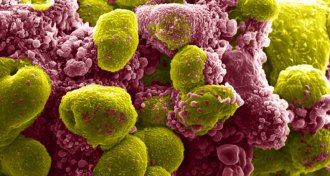 Life
LifeHere’s how fast cell death can strike
Scientists have measured how quickly the signal to commit form of cellular suicide called apoptosis travels.
-
 Animals
AnimalsA ghost gene leaves ocean mammals vulnerable to some pesticides
Manatees, dolphins and other warm-blooded marine animals can't break down organophosphates due to genetic mutations that occurred long ago.
-
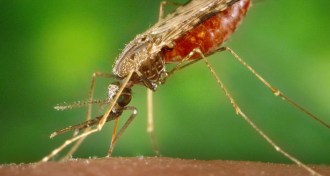 Health & Medicine
Health & MedicineA newly approved drug could be a boon for treating malaria
Tafenoquine could help prevent the recurring form of malaria, but the drug may also be dangerous for people who have a certain genetic mutation.
-
 Science & Society
Science & SocietyThe trouble with water, be it too much or too little
Editor in Chief Nancy Shute discusses the future of water and global issues associated with water scarcity and rising sea levels.
By Nancy Shute -
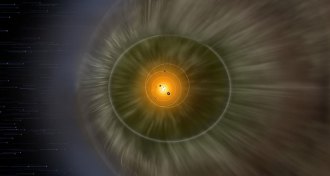 Astronomy
AstronomyNew Horizons may have seen a glow at the solar system’s edge
New Horizons may have seen a hydrogen wall just past the edge of the solar system, where the solar wind meets the stuff of interstellar space.
-
 Climate
ClimateReaders question dark fusion, Antarctic ice melting and more
Readers had questions about Antarctic ice melting, dark fusion and greenhouse gas emissions.
-
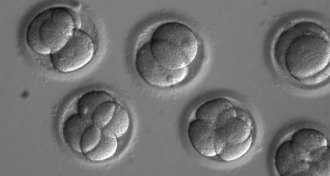 Genetics
GeneticsResearchers say CRISPR edits to a human embryo worked. But critics still doubt it
Researchers say that they have confirmed CRISPR/Cas9 edits of a heart disease–causing version of a gene, but critics still have doubts.
-
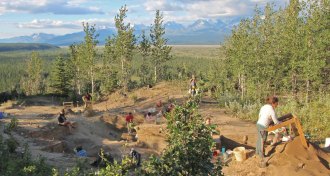 Archaeology
ArchaeologyThe debate over people’s pathway into the Americas heats up
Defenders of an ice-free inland passage for early Americans make their case.
By Bruce Bower -
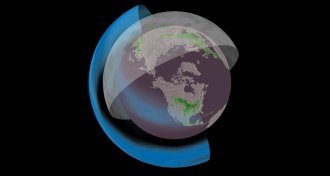 Earth
EarthGlobal dimming may mitigate warming, but could hurt crop yields
Injecting a veil of tiny particles into the atmosphere might reduce global warming, but it could also lower crop yields.
-
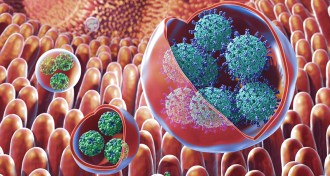 Life
LifeNasty stomach viruses can travel in packs
Contained clusters of rotavirus and norovirus caused more severe infections in mice than the same viruses working solo.
-
 Health & Medicine
Health & MedicineZika may harm nearly 1 in 7 babies exposed to the virus in the womb
A new CDC report tallies neurological and developmental problems, in addition to birth defects, possibly due to Zika in U.S. territory–born babies.
-
 Neuroscience
NeuroscienceFootball and hockey players aren’t doomed to suffer brain damage
A comprehensive look at the brains and behavior of retired professional football players and retired hockey players finds no signs of early dementia.